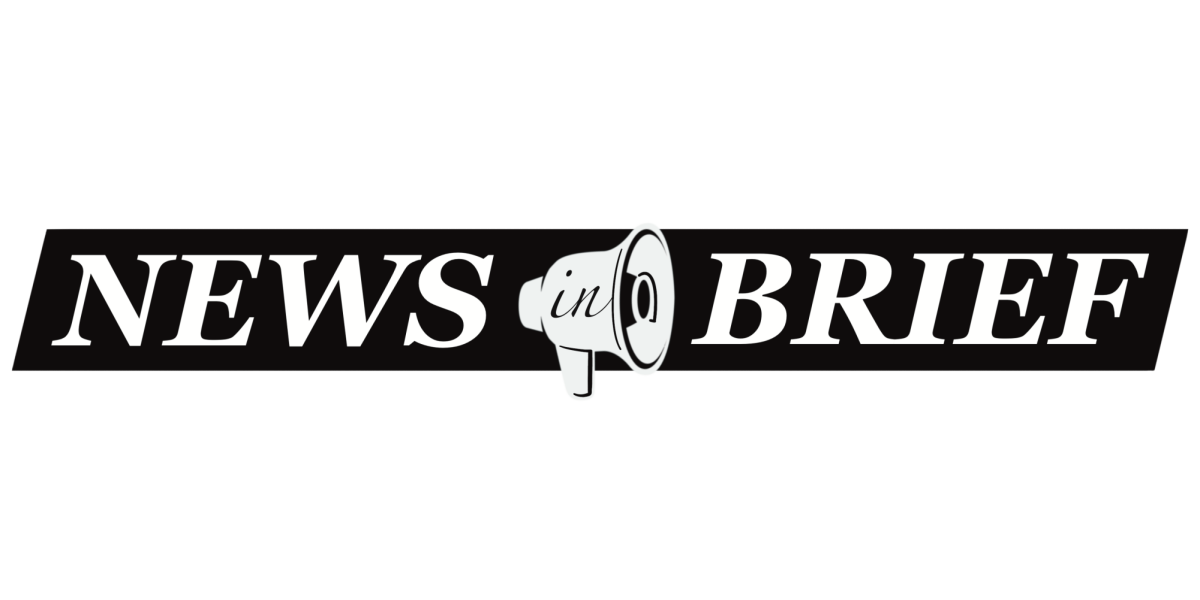President George W. Bush surprised the Democratic Congress last week by signing the College Cost Reduction and Access Act of 2007 — legislation that would increase the maximum Pell Grant by more than $500 as well as lower interest rates on subsidized Stafford student loans — a move that could significantly benefit lower- to middle-income students struggling to afford skyrocketing tuition fees.
Bush’s decision will raise the Pell Grant maximum to $4,800 in the next academic year and $5,400 by 2012, while interest rates on undergraduate Stafford loans will drop from 6.8 percent to 3.4 percent over the next four academic years.
Pell Grant funding distribution is determined by the enrollment size of lower-income students attending a given university. The boost marks the single largest increase in student aid since the GI Bill, which was enacted in 1944 to assist World War II veterans with loans and educational aid.
“The government is saving money by cutting back on the discount rates given to lending companies — causing lenders to become concerned about the future of their businesses,” UCSD Financial Aid Director Vincent De Anda said. “They’ll be forced to consolidate their programs and [resolve] any complications.”
The maximum Pell Grant had remained stagnant at $4,050 from 2002-06 but began gaining momentum when Bush signed a February funding resolution that enacted a $260 increase on the maximum award for this academic year. About 5.3 million low- to middle-income students across the nation currently qualify for Pell Grants, with 6,600 UCSD students receiving $952,000 during the 2006-07 academic year.
A $20-billion reduction in subsidies to loan companies during the next fiscal year will allow federal administration to fund the increase in the maximum Pell Grant award.
The bill consists of various modifications in both undergraduate and graduate financial aid, adding the public service loan-forgiveness and increasing the income protection allowance — the amount of income a student can earn to qualify for student aid eligibility — to $6,000 for dependent students. It will also increase independent students’ income protection by more than half over the next four years, according to FinAid.org publisher Mark Kantrowitz.
“Since the bill pays for the increased student aid by cutting lender profits, many lenders will be cutting their loan discounts,” Kantrowitz said. “I expect that most lenders will eliminate all but the 0.25 percent rate reduction for automatic debit on consolidation loans, and cut the value of discounts on Stafford and PLUS loans in half. Fee waivers will also likely be eliminated, but few borrowers qualified for these discounts — and overall students will gain more than they lose.”
In addition to the new cap on various loan repayment lifespans under the guaranteed-loan program — even forgiving the unsettled debt from student borrowers for 25 years — the legislation includes the loan forgiveness program, focusing on direct-loan borrowers who enter public service jobs, created in an attempt to motivate more graduates to enter the field.
The increase in the maximum Pell Grant comes with a price — a 61 percent cut in smaller programs — one of which is Reading First, a federal program that apportions grants to increase the strength of reading instruction for kindergarten through third grade at low-income schools.
Reading First has been scrutinized due to supposed financial conflicts of interest between several college-associated consultants. The bill also requests that U.S. Secretary of Education Margaret Spellings monitor conflicts of interest in the educational community.
Education begins at the lowest level and must be strengthened in order for students to successfully reach the university level, according to A.S. Vice President of External Affairs Dorothy Young.
“Academic preparation programs are something that should have more federal attention,” Young said. “How can low-income students obtain Pell Grants if they can’t receive the necessary assistance when they’re young?”
A complete evaluation of the Reading First program will be reported next year.
The income bar that determines eligibility for the maximum Pell Grant allowance has also been modified in the bill, increasing from $20,000 to $30,000, while tuition sensitivity — a government regulation that blocks Pell Grant-eligible students from receiving their maximum award due to their college’s low tuition costs — will be eliminated.
Despite the bill’s $21-billion budget, Pell Grant funding has been insufficient in leveling out economic inflation, and the program is still devalued in real dollars. The maximum Pell Grant allowance currently covers only 32 percent of education fees — losing its capacity to alleviate student tuition prices at public four-year universities. In the 1980s, the maximum Pell Grant award assisted with 55 percent of tuition expenses.
Kantrowitz and De Anda agreed that despite a $1,030 savings over a 10-year repayment period for the average student — breaking down to monthly savings of $8.58 — the reimbursement from reduced interest rates alone is not particularly significant to an individual student borrower.
Although the cutbacks on student loan interest rates are beneficial, a more effective way to allocate the education budget would have been to concentrate solely on increasing the Pell Grant maximum even further, De Anda said. Instead, the bill includes the entire spectrum of undergraduate borrowers rather than targeting individuals on the basis of need.
“If you targeted all that government money toward Pell Grants to help poorer students [rather than interest rates], it would have been more effective,” De Anda said. “But everyone likes lower interest rates, and everyone likes more money.”







